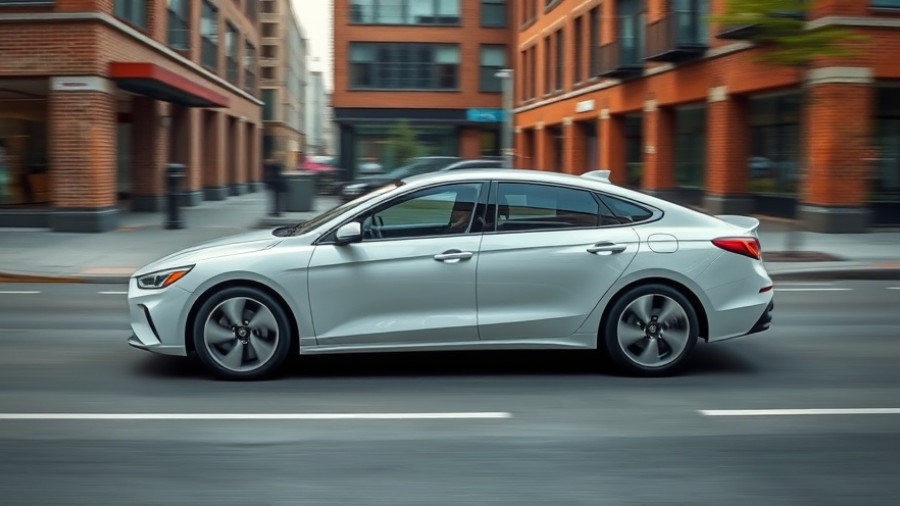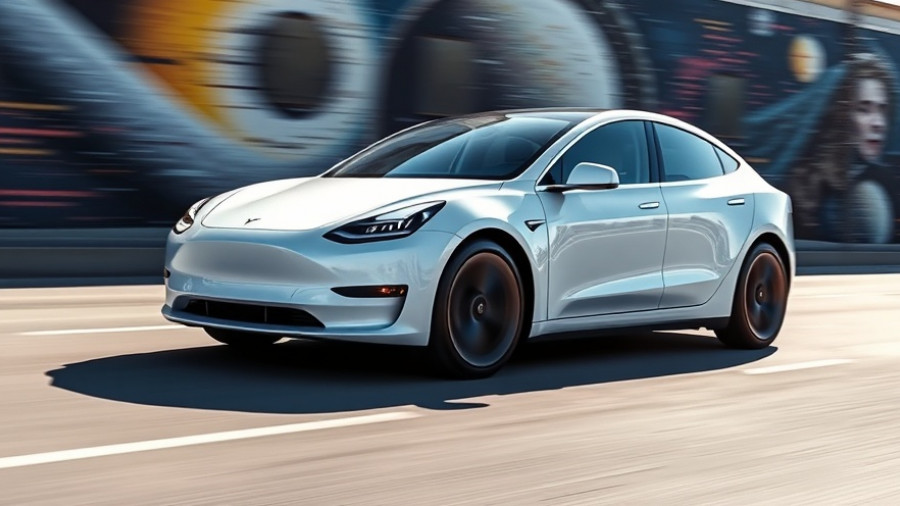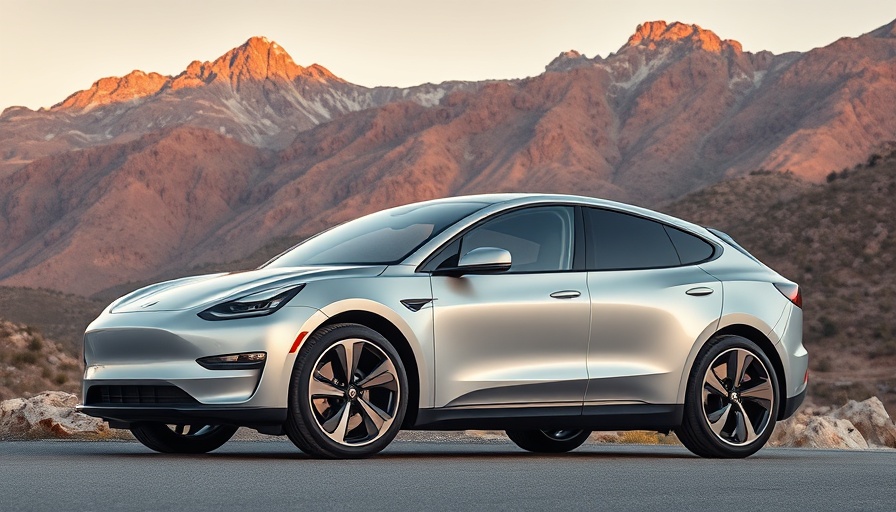
The Vanishing V8: An Endpoint for Full-Size Sedans?
The automotive landscape is rapidly shifting, and as consumers gravitate towards SUVs and electric vehicles, the traditional full-size sedan has started to fade from production lines. By 2025, the Chrysler 300 will be notable not just for its performance but for its scarcity, making the used V8 full-size sedan market a treasure trove for buying enthusiasts.
What's Behind the Shift to SUVs and EVs?
Automakers are increasingly abandoning sedans in favor of crossovers and EVs, catering to consumer preferences while also focusing on profitability. Brands like Ford have responded to this trend by focusing on a range of SUVs, reporting diminished sales on sedans. For example, the Chrysler 300 was discontinued in 2023, leaving a significant void for consumers who prioritize performance and style in their vehicles.
Why the Chrysler 300C is a Bargain Sleeper
The 2020 Chrysler 300C stands out in the marketplace as an exceptional option. With its robust 5.7L HEMI V8 engine that offers a spirited 363 horsepower, it's not only a powerful ride but also remains relatively affordable on the used market. The average price for a well-conditioned model is around $28,035. This is a strikingly competitive figure compared to other V8 competitors in the luxury segment, which often sell for over $50,000, making the 300C a perfect candidate for budget-conscious buyers.
Maximizing Value: Used vs New V8 Sedans
In the current market, the gap between new and used sedans can influence buying choices dramatically. The 2020 Chrysler 300C offers advanced technology features, such as an 8.4-inch Uconnect infotainment system, which is a significant draw for buyers looking for modern tech in their vehicles. Moreover, because of traditional depreciation rates, buyers can secure a nearly-new car at a fraction of its original price, ensuring value without foregoing quality.
Comparison with Other Popular Options
For buyers considering alternatives, it’s crucial to evaluate the features and costs effectively. While luxury alternatives like the Genesis G90 Ultimate and Cadillac CT6 may offer premium aesthetics, their higher maintenance costs could lead buyers to reconsider. The Cadillac CT6 starts at over $54,000 and is not a common used vehicle due to its initial high price and rapid depreciation.
Market Analysis: The Future of V8 Sedans
As automakers phase out V8 sedans, their future in new car inventories appears bleak, yet the demand does not seem to diminish. People still yearn for the feeling of traditional, powerful sedans. The rarity of options like the 300C assures it a unique place in consumers' hearts and garages. As electric models become standard, classic V8 sedans could become even more desirable among collectors.
Conclusion: The Last Chance for Performance Vehicle Enthusiasts
For those passionate about the performance and character of full-size V8 sedans, 2025 marks a definitive moment to seize a piece of automotive history. While other automakers step away from sedans entirely, vehicles like the Chrysler 300C celebrate the legacy of power and luxury at an affordable price. The unique value it offers today might be gone tomorrow, making this sedan a prospect worth serious consideration for any car enthusiast.
 Add Row
Add Row  Add
Add 




Write A Comment